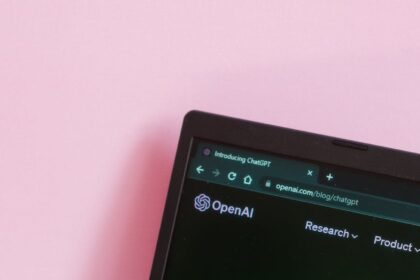Aurora’s autonomous trucks are officially pulling all-nighters and no, they’re not running on energy drinks. The self-driving tech company just took a bold step forward by extending its commercial operations into overnight hauls, a move that nudges the industry closer to 24/7 freight delivery powered by AI instead of humans.
But as Aurora celebrates night vision, it’s already eyeing its next big weather boss battle: rain. (Spoiler: Machines still aren’t great with water.)
Let’s unpack what’s going on.
Night Moves: Aurora’s Trucks Hit the Road After Dark
Until recently, Aurora’s driverless trucks stuck to daylight hours. That’s now changed. The company announced that its autonomous vehicles are officially operating between 10 p.m. and 6 a.m., running a 240-mile route between Dallas and Houston.
Why’s this a big deal? Simple: Nighttime driving is a different beast. Reduced visibility, fatigue (for human drivers), and lower traffic all make it an entirely new test bed for autonomous systems.
And Aurora isn’t just experimenting, they’re doing it with paying customers like FedEx and Uber Freight. This isn’t a science fair project. It’s revenue-generating, real-world work.
Rain: The Next Big Test
While Aurora is high-fiving itself for conquering the dark, it knows the real villain in this story is the weather. Specifically, rain.
Wet roads create unpredictable driving conditions, reflect light in annoying ways, and blur the sensors that autonomous vehicles rely on. As CEO Chris Urmson puts it, the trucks “see rain, but they don’t yet understand rain.”
So the company is now focusing on giving its vehicles the digital equivalent of a raincoat: training them in wet-weather simulations and real-world drizzle runs. It’s the next major leap before full-scale deployment.
Related: Waymo Robotaxi Dallas Plans Take Shape with a Smart New Avis Partnership
Why This Matters (Beyond the Tech World)
Sure, driverless trucks are cool tech, but the bigger picture is even more interesting. This kind of innovation is setting the stage for a future of logistics that’s faster, safer, and less dependent on human shifts.
By running at night, Aurora can move freight while the rest of the world sleeps. By solving for rain, it can keep going even when conditions aren’t perfect. That’s not just futuristic, it’s transformative.
What Comes Next?
Aurora still plans to launch fully driverless operations by the end of 2024. That means no safety driver in the cab. Just sensors, software, and a whole lot of testing. But before that can happen, it has to teach its trucks to master unpredictable weather, because let’s face it, the roads don’t care if your tech is tired.
From conquering nighttime highways to training its systems for stormy skies, Aurora isn’t just playing in the autonomous space, it’s trying to redefine it. The road to full autonomy is long (and occasionally wet), but Aurora’s trucks are learning to drive it, one overnight haul at a time.







